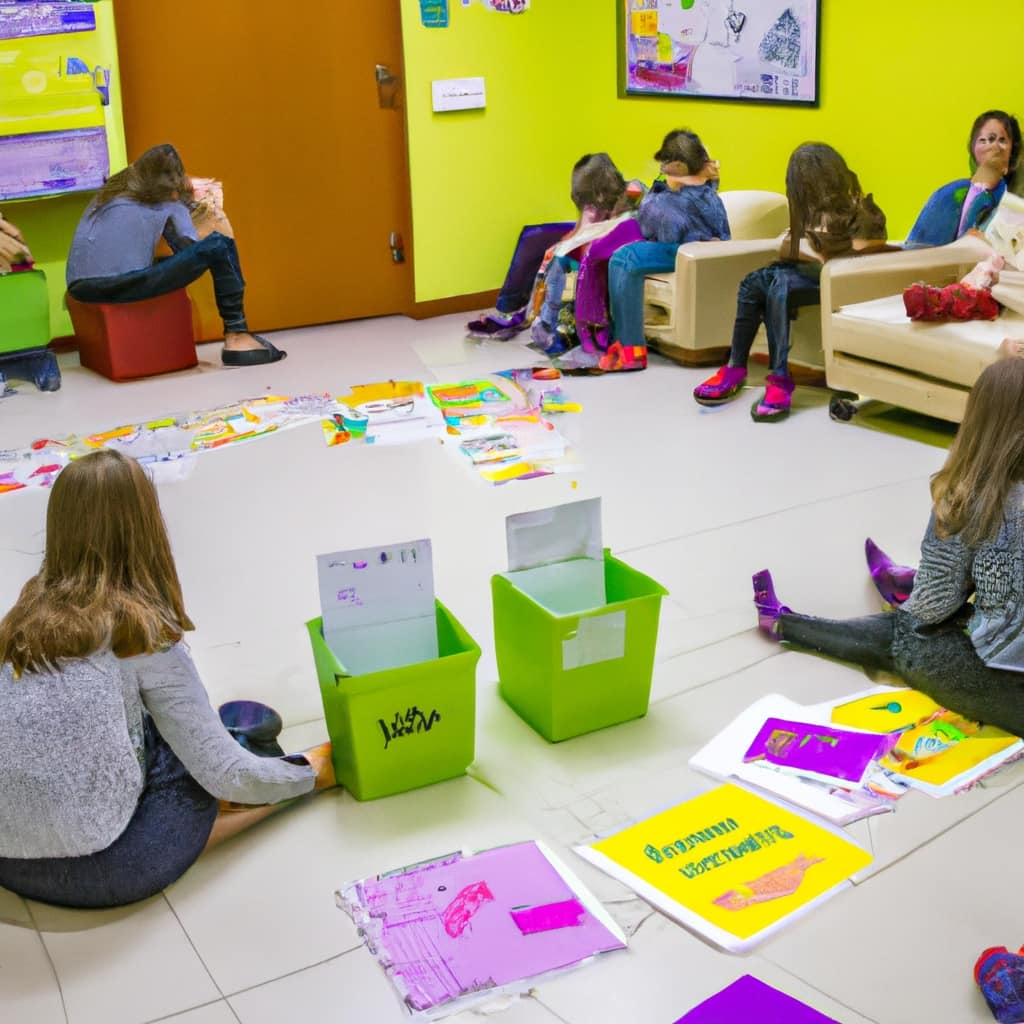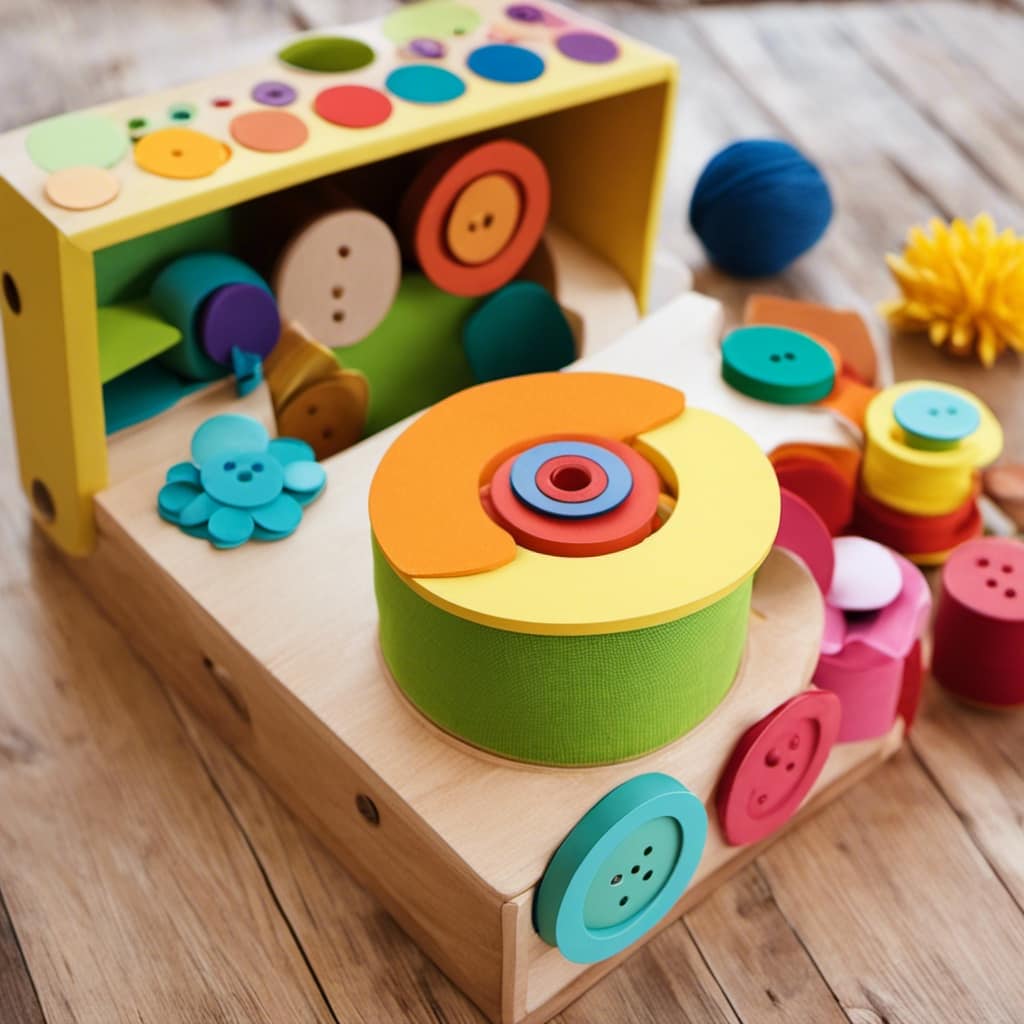As a person who looks after children, I’m constantly amazed by the importance of scaffolding in their development. It’s incredible how proper support and guidance can unlock a child’s potential and speed up their progress.
Scaffolding techniques, such as breaking tasks into smaller steps and offering clear instructions, are key to fostering cognitive and social development. By gradually withdrawing support, we empower children to become confident and independent learners.
In this article, we will explore the definition, importance, and techniques of scaffolding, as well as the crucial role of parents and educators in this process. Get ready to discover the transformative impact of scaffolding on children’s learning and development.
Key Takeaways
- Scaffolding is a crucial tool in child development, providing support and guidance to help children learn tasks just beyond their current abilities.
- Effective scaffolding leads to higher levels of cognitive and social development, promoting cognitive growth and skill acquisition.
- Scaffolding techniques include breaking tasks into smaller steps, providing clear instructions, offering feedback, and modeling behavior.
- Parents and educators play a vital role in scaffolding, creating a supportive learning environment and tailoring instruction to the child’s needs and abilities.
The Definition and Importance of Scaffolding in Child Development
Scaffolding is when I provide support and guidance to help a child learn tasks just beyond their current abilities. This technique is a crucial aspect of child development, as it promotes cognitive growth and skill acquisition.
Scaffolding allows children to progress through the stages of development by building upon their existing knowledge and experiences. It creates a zone of proximal development, where children can develop new skills and knowledge with the help of a caregiver.
The impact of scaffolding on cognitive development is significant. It enhances children’s problem-solving abilities, critical thinking skills, and overall cognitive development. By breaking down tasks, providing clear instructions, and offering feedback, caregivers empower children to become active learners and problem solvers.

The Role of Caregivers in Effective Scaffolding
As a caregiver, my role in supporting a child’s learning and growth is crucial. Effective scaffolding is a key aspect of supporting children’s cognitive development.
The caregiver’s role in effective scaffolding is to provide support and guidance to help children learn tasks just beyond their current abilities. By breaking down tasks into smaller steps and providing clear instructions, I can create a supportive learning environment for the child.
Additionally, I can use techniques such as modeling, providing prompts, and offering feedback to enhance their learning outcomes. Through scaffolding, I empower children to become active learners and problem solvers.
How Scaffolding Enhances Children’s Learning and Growth
By providing support and guidance just beyond their current abilities, I empower children to learn and grow, enhancing their understanding and confidence. Scaffolding techniques are invaluable in early childhood development, as well as for children with special needs. These strategies involve breaking down tasks into manageable steps, providing prompts and modeling, and offering feedback to support their learning. In the table below, I have outlined some effective scaffolding techniques for both early childhood development and children with special needs.
| Scaffolding Techniques for Early Childhood Development | Scaffolding Strategies for Children with Special Needs |
|---|---|
| Breaking down tasks into smaller steps | Adapting materials and activities to their abilities |
| Providing prompts and cues | Using visual supports and simplified language |
| Modeling desired behaviors and skills | Providing additional time and repetition |
| Offering feedback and reinforcement | Using assistive technology and adaptive tools |
| Gradually reducing support as the child becomes more proficient | Collaborating with other professionals for a multidisciplinary approach |
These techniques help children to build skills, make connections, and deepen their understanding of new concepts. Scaffolding empowers children to become active learners and problem solvers, fostering their overall development and growth.
Techniques for Implementing Scaffolding in Child Development
When implementing techniques to support children’s learning and growth, I focus on providing clear instructions and breaking down tasks into smaller steps. These strategies for scaffolding in early childhood education are crucial for promoting problem-solving skills in children.

By providing clear instructions, children can understand the task at hand and feel confident in their abilities. Breaking down tasks into smaller steps allows children to approach the task in manageable chunks, making it easier for them to navigate and complete.
This scaffolding technique promotes problem-solving skills as children learn to problem-solve within each step and then apply those skills to the larger task. By incorporating these strategies, I am able to effectively scaffold children’s learning and development, helping them reach their full potential.
The Crucial Role of Parents and Educators in Scaffolding
I play a crucial role in supporting and guiding children’s learning and growth as a parent or educator.
Collaboration in scaffolding is of utmost importance as it enhances the effectiveness of the support provided. When parents and educators work together, they can tailor their approaches to meet the unique needs of each child. This collaboration allows for a more comprehensive understanding of the child’s strengths and challenges, leading to more effective scaffolding strategies.
Additionally, scaffolding has a significant impact on children’s emotional development. By providing support and guidance, we help children build their confidence and self-esteem. This, in turn, fosters a positive emotional environment, promoting resilience and a love for learning.
Through collaboration and thoughtful scaffolding, we have the power to shape children’s emotional well-being and cultivate a lifelong love for learning.

The Benefits of Scaffolding for Children’s Development
Collaborating with parents and educators enables children to experience numerous benefits, such as enhanced problem-solving skills and increased self-confidence. Effective scaffolding techniques play a crucial role in supporting children’s learning and development. By providing guidance and support, caregivers can help children tackle challenging tasks and achieve their full potential. Scaffolding techniques, such as breaking down tasks and offering feedback, promote critical thinking and problem-solving skills. This collaborative approach creates a supportive learning environment where children can build on their prior knowledge and make connections to new concepts. Scaffolding also fosters independence, as children learn to rely on their own abilities and experiences. Overall, the benefits of scaffolding in child development are clear – it promotes cognitive growth, skill acquisition, and empowers children to become active learners and problem solvers.
| Benefits of Scaffolding | Effective Scaffolding Techniques | Collaborative Learning | Independence and Confidence |
|---|---|---|---|
| Enhanced problem-solving skills | Providing prompts and modeling | Building on prior knowledge | Empowering children to rely on their own abilities |
| Increased self-confidence | Breaking down tasks into smaller steps | Making connections and deepening understanding | Promoting independence and autonomy |
| Cognitive growth and skill acquisition | Offering feedback and guidance | Creating a supportive learning environment | Boosting self-esteem and self-efficacy |
| Active learning and problem-solving | Tailoring instruction to individual needs | Fostering collaboration and teamwork | Nurturing a sense of competence |
Promoting Independence Through Scaffolding
By providing guidance and support, caregivers can empower children to become more independent learners and problem solvers. When caregivers encourage autonomy and foster self-reliance through scaffolding, children develop the skills and confidence needed to navigate the world on their own.
Here are four ways in which scaffolding promotes independence:
-
Gradual release of responsibility: Caregivers gradually withdraw support as children become more capable, allowing them to take ownership of their learning.
-
Breaking tasks into manageable steps: Breaking tasks down helps children understand the process and builds their confidence in tackling complex tasks independently.
-
Providing opportunities for decision-making: By involving children in decision-making processes, caregivers promote autonomy and teach them to make informed choices.

-
Encouraging problem-solving: Caregivers can guide children in solving problems by asking open-ended questions, allowing them to think critically and find solutions on their own.
The Long-Term Impact of Scaffolding on Children’s Learning and Development
In my research, I have discovered the long-term impact of scaffolding on children’s academic success and emotional well-being. Scaffolding, when implemented effectively, has been found to significantly contribute to a child’s overall development.
Studies have shown that children who receive proper scaffolding support from their caregivers tend to have higher academic achievement and better emotional resilience.
Furthermore, scaffolding plays a crucial role in fostering creativity and innovation in children. By providing the necessary guidance and support, caregivers can help children think critically, solve problems, and explore new ideas. This encourages them to take risks, think outside the box, and develop their own unique perspectives.
Frequently Asked Questions
What Are Some Examples of Specific Scaffolding Techniques That Caregivers Can Use to Support a Child’s Learning and Development?
As a caregiver, I can use scaffolding techniques to support a child’s learning and development. Examples include providing prompts, modeling, breaking tasks into smaller steps, and offering feedback to enhance their understanding and skills.
How Does Scaffolding Promote the Development of Problem-Solving Skills in Children?
Scaffolding benefits children’s problem-solving skills by providing support and guidance. Scaffolding strategies involve breaking tasks into smaller steps, offering prompts, and providing feedback. This promotes their independence and helps them develop effective problem-solving techniques.

Can You Provide Some Examples of How Parents Can Implement Scaffolding at Home to Support Their Child’s Learning?
At home, parents can implement scaffolding by breaking down tasks into smaller steps and providing clear instructions. For example, when teaching a child to tie their shoes, I would demonstrate the process and then guide them through each step until they can do it independently. The benefits of scaffolding in child development include enhanced learning outcomes, increased self-confidence, and the development of problem-solving skills.
What Are Some Potential Challenges or Obstacles That Caregivers May Face When Implementing Scaffolding Techniques?
Some potential challenges caregivers may face when implementing scaffolding techniques include finding the right balance between support and independence, adapting techniques to different learning styles, and managing time constraints while providing individualized guidance and support.
Is There Any Research or Evidence to Support the Long-Term Impact of Scaffolding on Children’s Learning and Development?
There is significant research supporting the long-term impact of scaffolding on children’s learning and development. Studies show that effective scaffolding leads to improved cognitive abilities, problem-solving skills, and overall academic success.
Conclusion
In conclusion, the power of scaffolding in child development cannot be underestimated. By providing the necessary support and guidance, caregivers play a crucial role in promoting cognitive growth and skill acquisition in children.
While some may argue that children should be left to learn on their own, it is important to recognize that scaffolding empowers children to become active learners and problem solvers.
Just like a sturdy scaffold supports a building under construction, caregivers scaffold children’s learning, laying a strong foundation for their future development.











